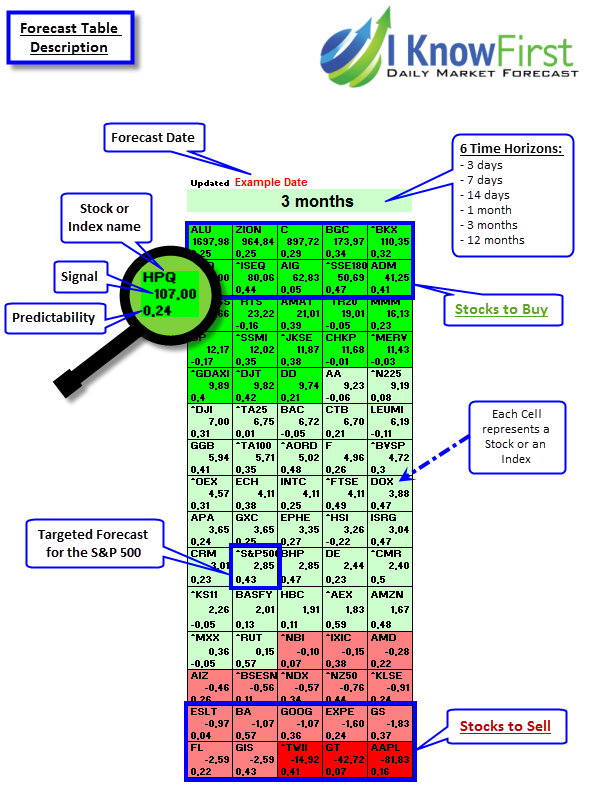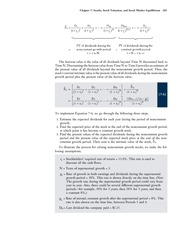Calculating stock market equilibrium
The stock market determines prices by constantly-shifting movements in the supply and demand for stocks. We can use the stock market to give some great supply and demand examples with buyers and sellers who want different prices.
Click Here for our full article on Supply.
For example, lets say we have 10 shareholders, each of which would be willing to sell their share at a certain price:. The shareholders on the left would be willing to take a much lower price for their shares than the sellers on the right.
Click Here for our full article on Demand. We can use a similar example to the one above — imagine we have 10 people who want to buy 1 share each, but are only willing to pay a certain price:.

Unlike supply, this means that as the price goes up, fewer people are willing to buy a share. If we look at the total demand as a graph, it slopes downwards:. In a graph, you can see the equilibrium point as where the supply and demand meet.
With our example of buyers and sellers, we can see the exact point where the market reaches equilibrium:.
From a practical standpoint, these are the buyers and sellers who made a trade:.
How share prices change - equilibrium price
The buyers who wanted the stock the most, and the sellers who were the most eager to get rid of it, made their trade. For the other buyers, no seller was willing to sell their stock low enough for them to want to buy.
If all the highest and lowest buyers and sellers were linked directly, a lot more trades could take place. Unfortunately, there are some big problems with this. The biggest problem is information: Lets compare the two trading systems — the one where the most number of trades happen but every trade has a different price with the one where supply and demand are equal at one price.

We will assume that the buyers and sellers in the first system are paying the average of their two prices, and splitting the surplus evenly. This might be good for the people who made their trades, but it is also important to see how these prices are found in the first place. In the example with the most trades taking place, the stock exchange is taking all the lowest limit buy orders and pairing them with the lowest limit sell orders to make the most trades happen.
However, this system can never be fully fair to all the buyers and sellers. This means that for both one buyer and one seller, a better trade could be made, increasing the Total Surplus , so these buyers and sellers would be better off making their deal outside the stock exchange entirely so they can get a bigger boost.
Since the highest buyers and the lowest sellers are pairing off to make their own deals, the lower buyers and the higher sellers no longer have a partner willing to take their price — we arrive back to the same Supply and Demand system where all the trading is done at around the same price as we had for our equilibrium, and with the same Total Surplus.
This is an example of a quote for Twitter symbol: There are three prices shown — the Bid Price, the Ask Price, and the Last Price, and this is the exact situation we have already seen with our buyers and sellers above! Create An Account Login. Home Stock Market Game Using HTMW Sign Up!
Supply and Demand Examples in the Stock Market Kevin Smith Economics January 18, May 27, For example, lets say we have 10 shareholders, each of which would be willing to sell their share at a certain price: We can use a similar example to the one above — imagine we have 10 people who want to buy 1 share each, but are only willing to pay a certain price: If we look at the total demand as a graph, it slopes downwards: With our example of buyers and sellers, we can see the exact point where the market reaches equilibrium: From a practical standpoint, these are the buyers and sellers who made a trade: Supply And Demand Examples — Making Trades For The Most Surplus This might be good for the people who made their trades, but it is also important to see how these prices are found in the first place.
If reading this article was an Assignment, get all 5 of these questions right to get credit! Click "Next Question" to start the quiz! Companies want to issue more stock when prices are high. So Supply will match Demand.
More current owners are willing to sell their shares at a high price. More expensive stocks make better investments. The quantity where no more buyers want to buy stock. The price range where the quantity supplied equals the quantity demanded. What happens when there are the same number of buyers and sellers.
Where the most trades are made.
The "profit" a buyer gets - the difference between what they had to pay and the most they would be willing to pay in a trade. The "profit" a seller gets - the difference between what the price they got and the least amount they would take for a trade. The number of extra shares that are available for purchase, but went unsold. A very fat buyer. This gives all the sellers the most profit.
Investment Valuation: A Little Theory
This gives buyers the lowest prices. If we use another system, all the sellers will probably cheat. This generates the biggest benefit to share between buyers and sellers.

We have received your answers, click "Submit" below to get your score! How The Market Works - Free Stock Market Game.
Company Info About Us Advertise With Us Contact Us Advertise With Us Disclaimer. Stock Info Live Quotes Live Charts Symbol Lookup Top Companies What Is Forex? Resources Articles Books Websites.
All information is provided on an "as-is" basis for informational purposes only, and is not intended for actual trading purposes or market advice. Quote data is delayed at least 15 minutes and is provided by XIGNITE and QuoteMedia. Neither Stock-Trak nor any of its independent data providers are liable for incomplete information, delays, or any actions taken in reliance on information contained herein.